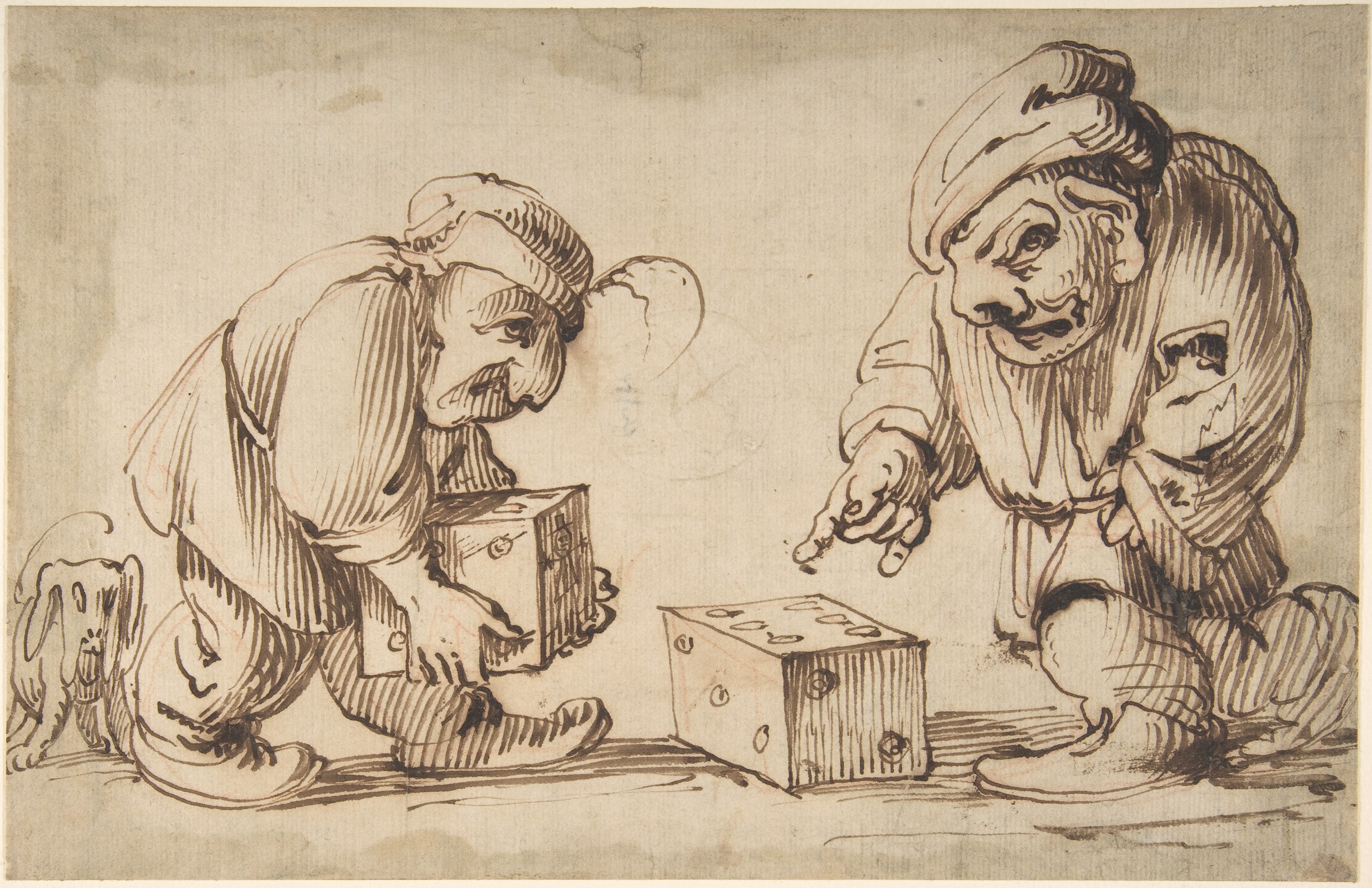Dice Rolls - eskerthebreton/thrum GitHub Wiki
| Previous: Introduction | Next: Threads and Tapestries |
|---|
Most rolls consist of a contest between an active and reactive participant. One of these is always a Player Character (PC). Often the other is a Non-Playable Character (NPC), though at times the reactive participant is the world itself.
To resolve a contest, whether in Combat or Narrative play, each participant rolls two six-sided dice (2d6 in the conventional role-playing gaming notation) and adds their values together plus an appropriate modifier. Usually the modifier on the Player side comes their skill level in one of the Combat or Utility Arts, though sometimes it might just be based on one of their Character Attributes. The outcome is determined by the difference between the Active (or Offensive) roll and the Reactive (or Defensive) roll.
Some abilities specify an additional effect that occurs on a Critical. These effects occur when the character using the ability rolls 5 or more above the opposing roll.
Certain abilities or situational factors can confer Boons or impose Banes on one or the other roll in the contest. In the event that the same roll is affected by both a Bane and a Boon, each Bane cancels one Boon and vice versa.
Each net Boon or Bane adds an additional d6 to the roll. For each net Boon, the lowest d6 result is dropped, and for each net Bane the highest is dropped. For instance, if a roll has two Boons and one Bane, the Bane cancels with one of the Boons, leaving one net Boon. So a total of 3d6 would be rolled, with the lowest result dropped. The remaining two results are added together with the appropriate modifier to obtain the final result. So, supposing the three dice showed a 3, a 4, and a 6, the 3 (the lowest result) would be dropped due to the net Boon, and the 4 and 6 added, leaving a total of 10 plus whatever modifier is used for that roll.
| Previous: Introduction | Next: Threads and Tapestries |
|---|
